What is the tolerance range of precision screws?
What is the tolerance range of precision screws?
Service Hotline
+86760-8787 8587We have more than ten years of production experience in the screw industry, the main products are: 1.5 pitch screw, national standard expansion screw, rivet rivet with large cap and big cap, oxidized bolt, high carbon steel thick rod screw, aluminum alloy hand-tightened nut, steel Heat-treated T-nuts, GB62.2 wing nuts, double-ended screws, stainless steel washers, stepped screws, self-locking lock washers, various welding spot welding posts L, galvanized nuts, non-standard hollow rivets and other fasteners, due to the product material Different specifications and different prices, please contact us if necessary.


Referring to Figure 1, one end of the existing insert nut 1' is embedded in the injection molded part 2', and the other end is exposed to the injection molded part 2'. The insert nut 1' has opposite lower and upper end surfaces in the axial direction. The end face of one end of the insert injection molded part 2' is the lower end face. In order to reduce the resistance during hot pressing, the connection between the inner wall surface and the lower end surface of the insert nut 1 ′ is provided with an inclined surface. However, when the embedded nut 1' of this structure is hot-pressed, the hot melted glue will generate a shunt that rises along the slope, and then a convex peak is formed in the screw hole of the embedded nut 1', and the convex peak occupies the screw. The space in the hole prevents the screw 5' from being completely screwed in; at the same time, due to the shunting of the hot solder, the knurling of the inner nut 1' near the upper end face cannot be filled with the solder, which makes the inner nut 1' and the inner nut 1' and The injection part 2' is not firmly embedded. Therefore, the locking strength of the existing insert nut 1 ′ and the screw 5 ′ after being hot-pressed is relatively low.
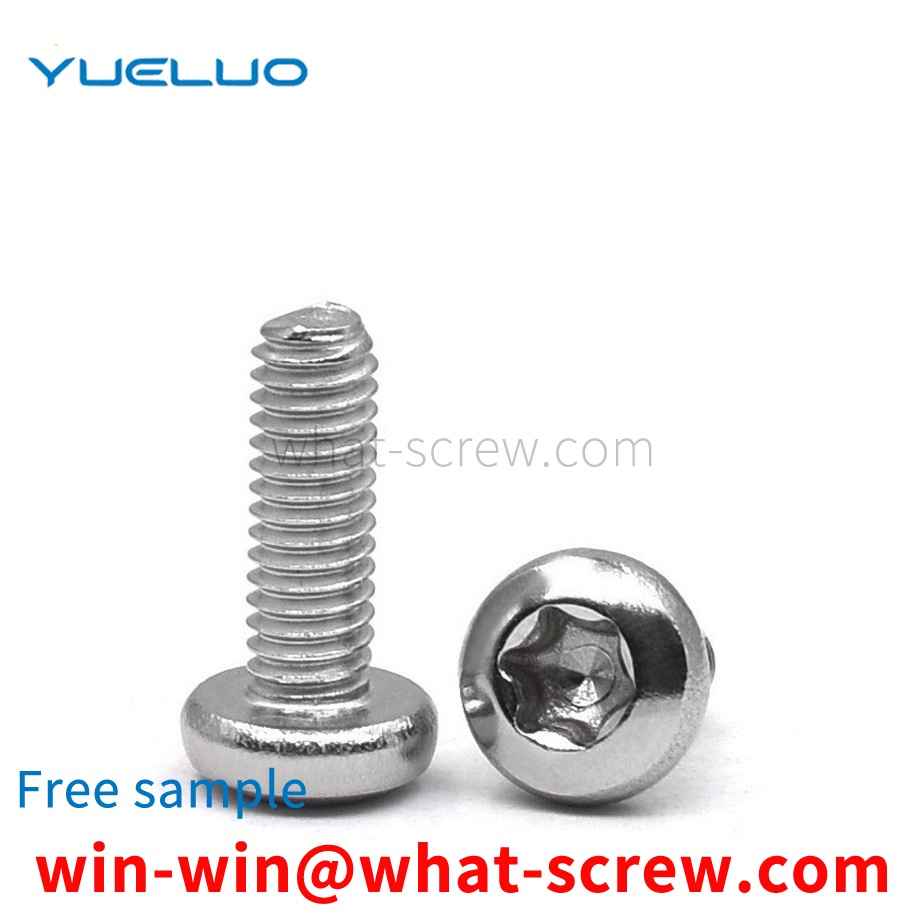
At present, injection molding screws are widely used in various electronic and automotive components, including a body, the middle of which is provided with a through hole 3, the body head 1 has a hexagonal cross-section, and the tail 2 is provided with screw teeth. When in use, the middle through hole 3 of the main body will first put the wire harness, and then fix it by injection molding from the head I, and the threads of the tail 11 should be connected and installed with other components. Because the head I of the main body is hexagonal, the torque provided after injection molding is insufficient. Therefore, after the external thread is installed and connected with other components, the head is prone to slip, the installation is not reliable, and there is no push-pull force, resulting in product failure and increased safety hazards.
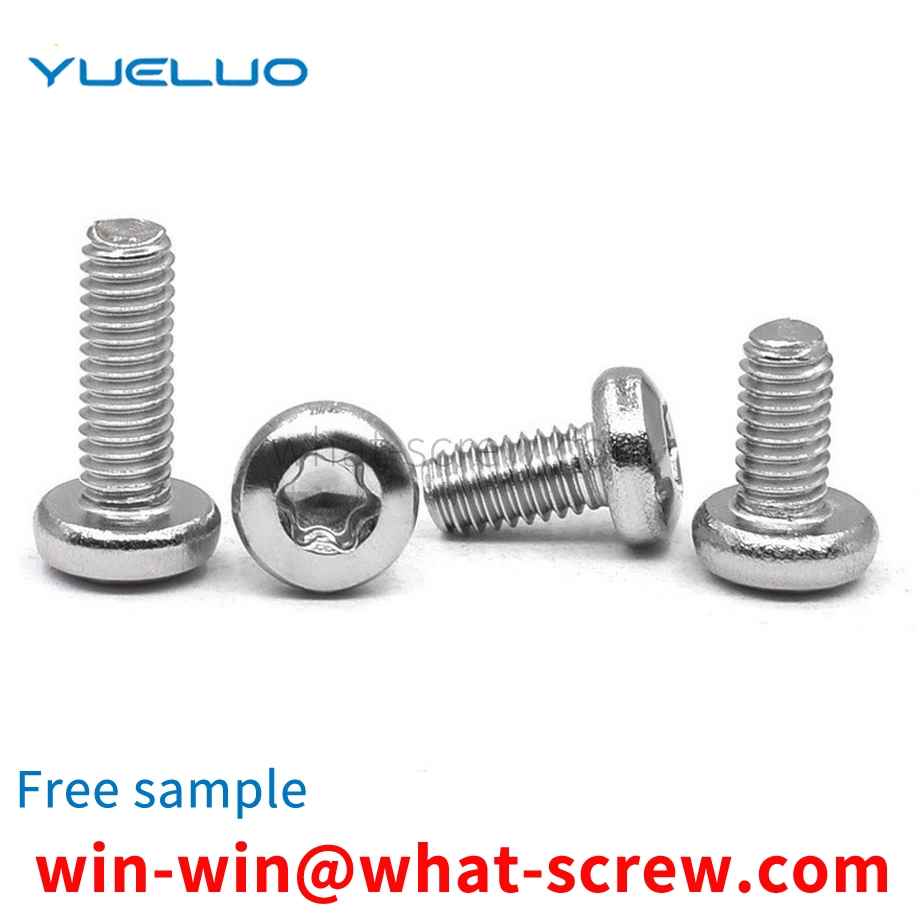
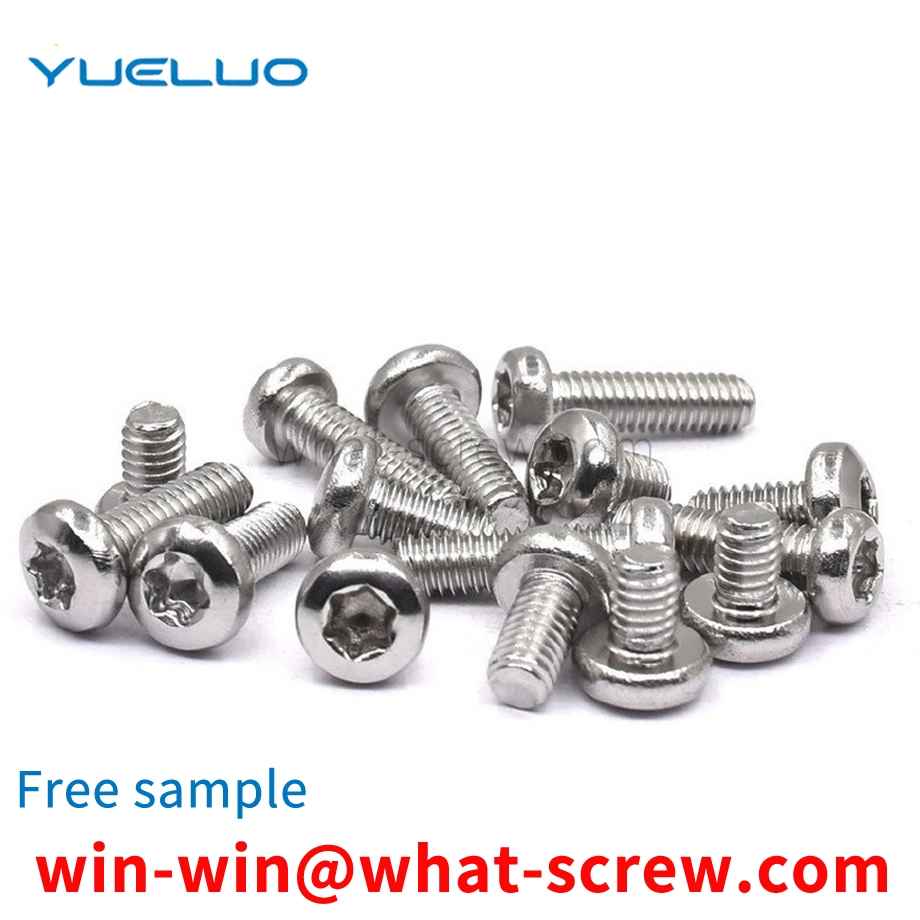
The force condition of the screw is broadcasted: 1) Self-weight G; 2) Torque M required to overcome material resistance; 3) Axial force P generated by material pressure. Screw screw screw is generally scrapped due to long-term wear, the gap between the screw and the barrel is too large and cannot be extruded normally, but there are also examples of damage due to improper design or improper operation. Therefore, the screw should also meet certain strength requirements. 4) The dangerous section of the screw is generally at the smallest thread root diameter in the feeding section. According to material mechanics, for plastic materials, the composite stress is calculated by the third strength theory, and its strength conditions are:
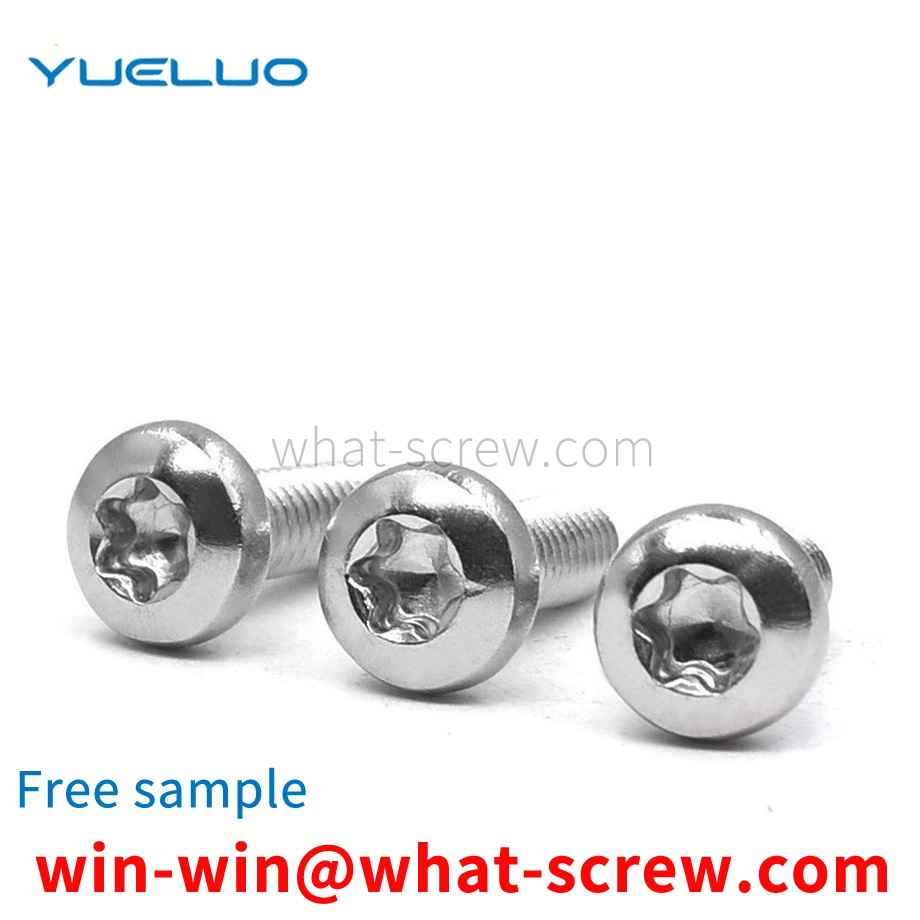
Cylindrical pins are generally used to connect, lock parts or for assembly positioning, and can also be used as parts of safety devices. The cylindrical pin is fixed in the pin hole by interference fit with the pin hole to fix parts, transmit power, or act as a positioning member. The prior art cylindrical pin press-fitting is shown in Figure 1. This kind of cylindrical pin prevents the cylindrical pin body from withdrawing through the locking force and axial friction force brought by the interference fit between the cylindrical pin body and the pin hole. However, the interference of the cylindrical pin body will gradually decrease during use, so that the firmness of the connection and the positioning accuracy will gradually decrease. Therefore, the cylindrical pin can be easily withdrawn during use, resulting in potential safety hazards.
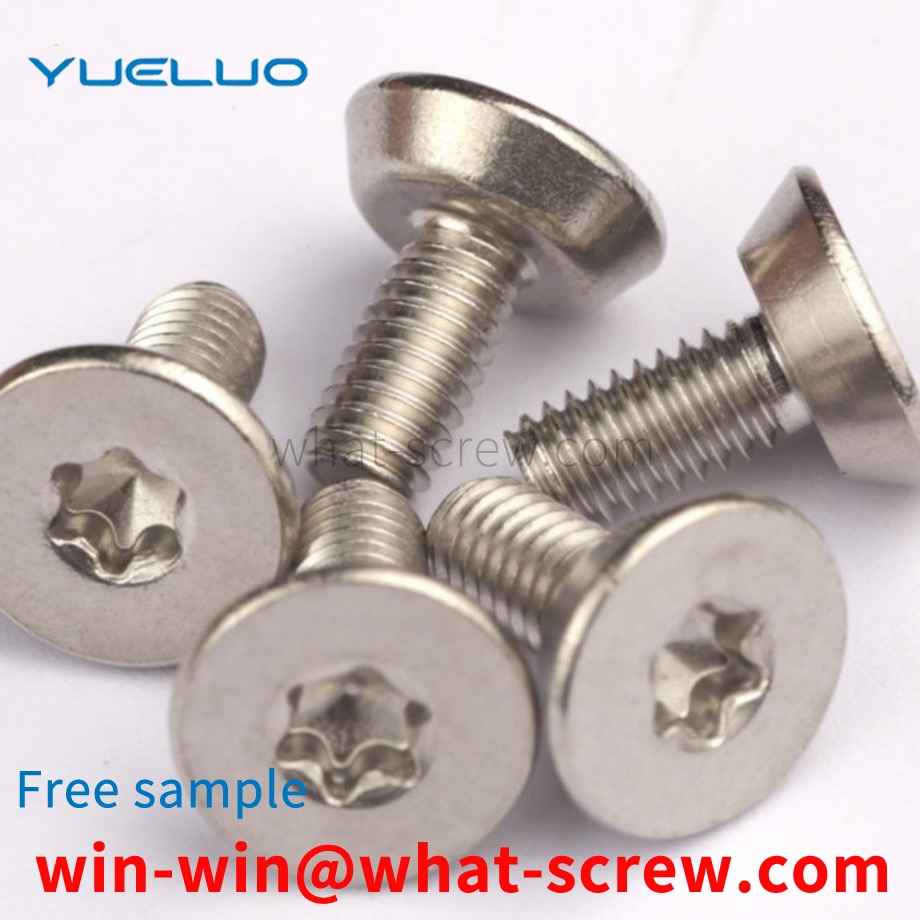
The above content is uploaded by Yueluo or the Internet. If there is any copyright issue, please contact [email protected].

What is the tolerance range of precision screws?

How to choose the right stainless steel screw manufacturer?

Why is there an R angle under the head of the hexagon head s...

We have more than ten years of production experience in the ...

We have more than ten years of production experience in the ...

We have more than ten years of experience in screw industry ...

We have more than ten years of experience in screw industry ...